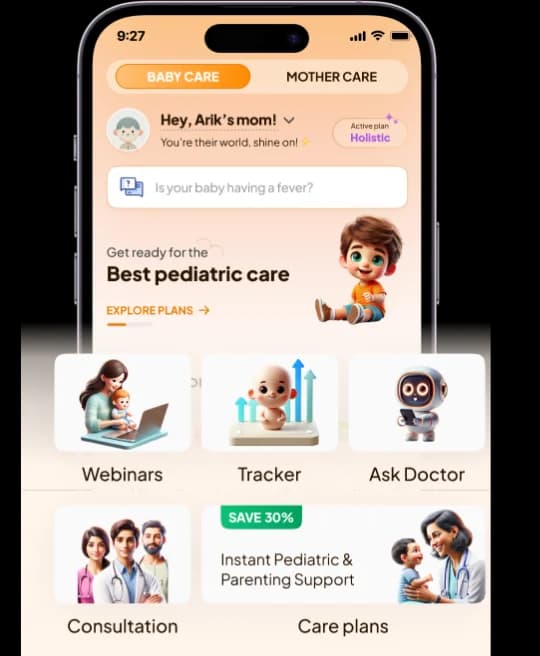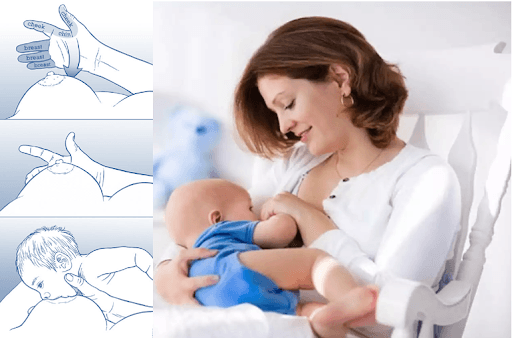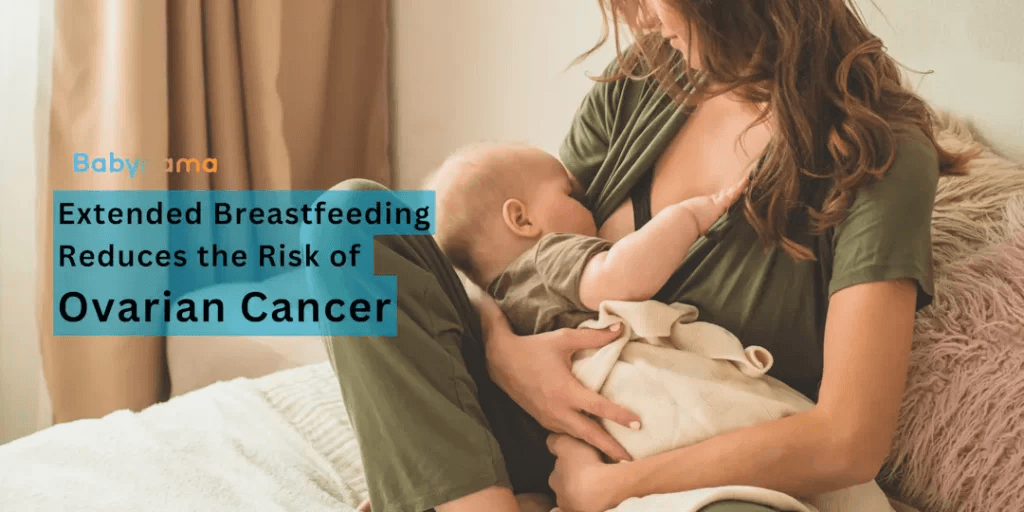
Venneman, Bajanowski, Brinkmann, study on the decreased risk of Sudden Infant Death Syndrome (SIDS) linked with breastfeeding reaffirms earlier research. Carpenter and Shaddick’s study from 1965 compared sudden unexplained infant deaths with normal controls matched for age and sex. They found that at various ages, a higher proportion of controls were fully breastfed compared to cases, although breastfeeding rates were generally lower for both cases and controls compared to contemporary standards.
When comparing these findings with Vennemans research, initial breastfeeding rates were similar for controls but notably higher for cases. However, four decades ago, the duration of breastfeeding for both groups was shorter, resulting in a substantial difference in the proportion of fully breastfed infants at three months.
Discriminant analysis, akin to multiple logistic regression, identified several significant risk factors for SIDS, including bottle feeding at two weeks, co-sleeping, soft pillows, bedding covering the mouth and nose, and respiratory symptoms.
Studies have shown that intention to breastfeed significantly reduces the risk of SIDS. However, some investigations, such as the CESDI SUDI and ECAS studies, suggested that the risk associated with bottle feeding from birth was linked more to the circumstances of death.
Nonetheless, when considering the type of feeding in the last seven days, the odds ratio for complete breastfeeding versus bottle feeding was notably lower but not significantly different from Vennemann et al.’s findings.
The estimated reduction in risk associated with partial breastfeeding varies across studies. While some studies suggested that partial breastfeeding might increase the risk, others, like the ECAS study, did not find a significant association. Vennemann’s findings indicate that partial breastfeeding in the first two months may not offer protective benefits, with the percentage of controls partially breastfed exceeding that of cases after three months.
Lastly, the ECAS analysis revealed that bed sharing is linked with prolonged breastfeeding. However, any reduction in SIDS risk associated with breastfeeding is offset by the increased risk linked with bed sharing.






